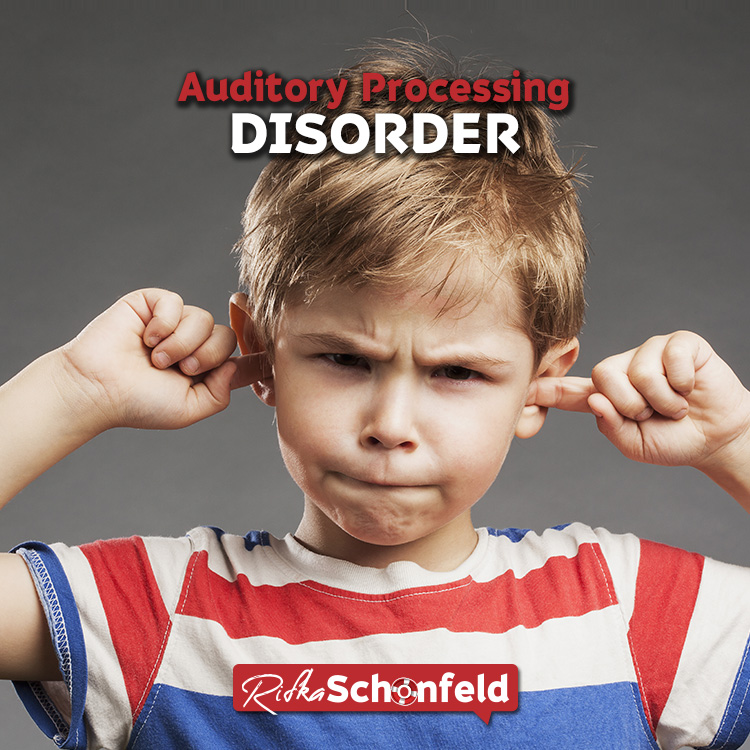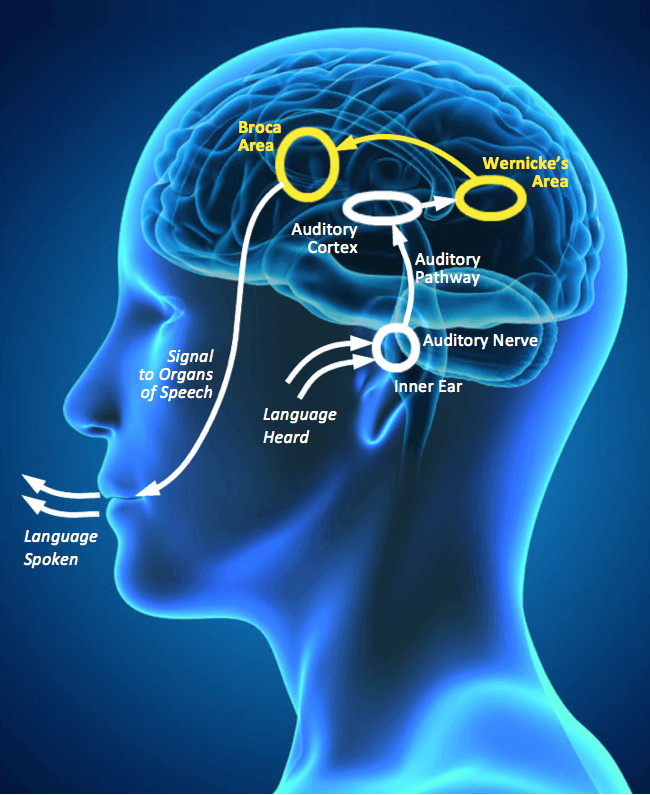
13 Single case reports also indicate that herpes simplex encephalitis can be associated with central deafness in children-that is, central auditory system dysfunction that results in practically no useable hearing. 10īacterial meningitis is implicated as a cause of auditory processing disorder, but the supporting evidence is inconclusive. These may include auditory brain stem evoked responses and middle latency response, which are key measures for auditory structures in the brain stem and in subcortical to cortical levels respectively and late potentials, which may or may not be affected by attention, such as the P300 or Mismatch Negativity (MMN). in noise or multispeaker babble) are presented to one ear, and the child is requested to identify the speech stimulusĭichotic/binaural interaction tests: stimuli are presented to both ears, and the task requires the child to attend to one ear only or to both at the same timeĮlectrophysiological tests. in terms of frequency content), or embedded in competing signals (e.g. These tests may tap into more than one auditory process, and fall into three main categories 9: – monaural low redundancy: speech stimuli that are either degraded (e.g. 1īaseline audiometric assessment to exclude a peripheral hearing lossīehavioural central auditory tests. Diagnosis relies on synthesis of information from history (medical, educational, developmental), behavioural and electrophysiological tests, as well as ancillary procedures such as neuroimaging, speech and language assessment, and psychological/cognitive assessment, after careful consideration of confounding factors. The diagnosis of APD thus requires a multidisciplinary approach with careful consideration of cognitive, memory, and linguistic parameters. Central auditory nervous system problems may be isolated or associated with more pervasive processes and conditions which closely interact with other sensorimotor modalities as well as “top down” cognitive functions. 6Ĭentral auditory testing clinically evaluates the integrity of the CANS and provides a “bottom up” sensory cognitive approach to learning and behavioural problems as well as an index to neuropathological constellations. 5 The young brain has an inherent ability for plasticity: the forebrain sensory representations may change in response to altered receptors, sensory environment, or use and learning. 4 In children, myelination and maturation continue until 10–12 years of age.

The CANS is characterised by an intrinsic “redundancy”-that is, an extensive interaction of its structures that is responsible for the resistance of the system to exhibit deficits on standard auditory testing in the presence of a lesion. 4 The cerebral hemispheres are connected by the corpus callosum. The cortical and subcortical auditory areas mainly consist of Heschl's gyrus, the planum temporale (extending from the posterior aspect of Heschl's gyrus to the end of the Sylvian fissure), and the Sylvian fissure with the insula.

The superior olivary complex, lateral lemniscus and inferior colliculus, medial geniculate body, and reticular formation are important relay stations. The central auditory nervous system (CANS) extends from the cochlear nucleus in the brain stem to the auditory cortex. 3Īnatomy of the central auditory nervous system 2 Despite the frequency of the problem, a systematic approach to the diagnosis and rehabilitation of APD in children has only started emerging over the past 30 years, as a result of developments in basic sciences emphasis has shifted from identification of the lesion that causes the disorder to identification of the impaired individual's difficulties and their appropriate remediation.


1Ī rough prevalence estimate for auditory processing disorders (APD) in childhood is 7%. These auditory deficits have been collectively termed “auditory processing disorders”, in order to incorporate in the term the interaction between peripheral and central pathways. Hearing impairment(s) arising from pathology of the brain may have detrimental consequences on a child's life if untreated however, diagnostic and management strategies for these “central” hearing impairments in childhood are rarely implemented.
#Processing disorder registration
Hearing is a complex process that orchestrates transduction of the acoustic stimulus into neural impulses by the ears, transmission of the neural impulses by the auditory nerves to the brain, and perceptual registration and cognitive elaboration of the acoustic signal by the brain as well as conscious perception of the sound.


 0 kommentar(er)
0 kommentar(er)
